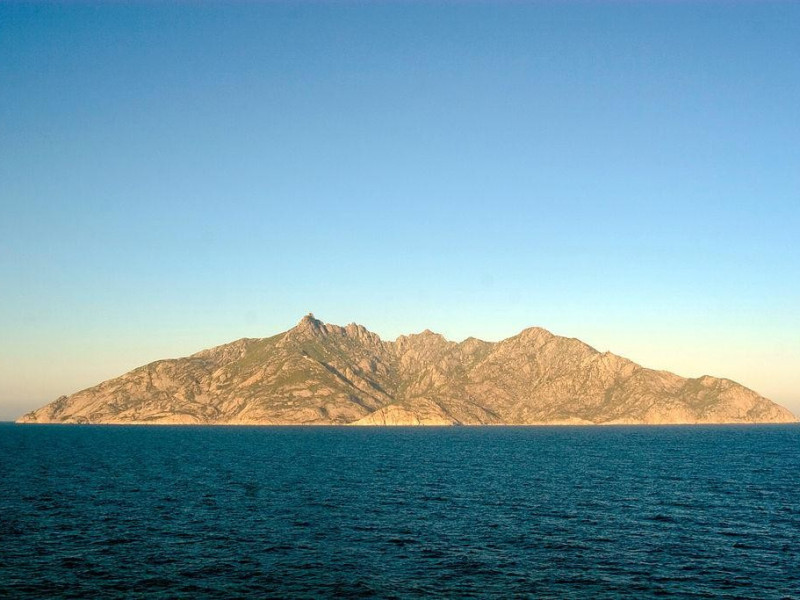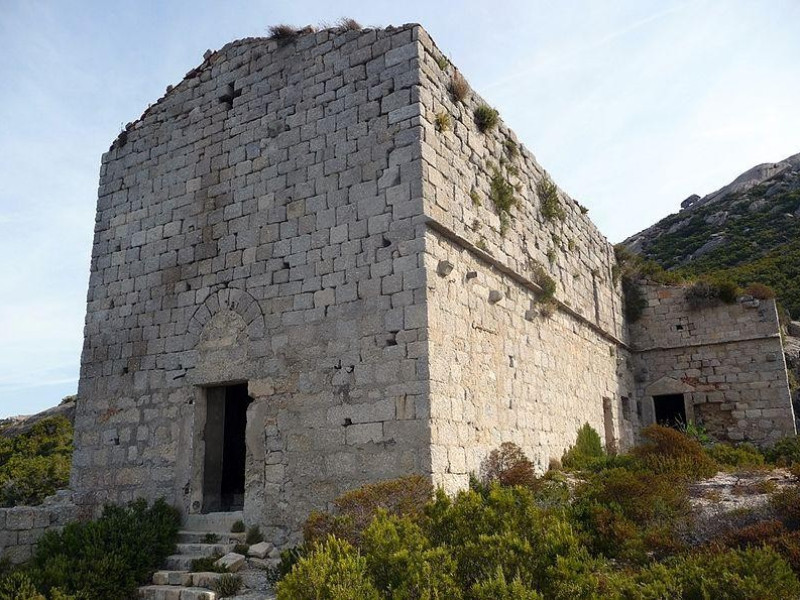Isola di Montecristo
Montecristo Island, in the Tyrrhenian Sea, is part of the Tuscan Archipelago National Park (Portoferraio, Livorno). The Island is mountainous, granite origin, with rocky ledges overlooking the sea. In the Classical age was called Oglasa, during the Middle Ages the name changes in Monte Christi, likely due to the strong ecclesial and monastic that characterized the Island from the fifth century AD, with the construction of the St. Mamiliano's Monastery. The Natural Reserve is a biogenetic reserve of 1.039 hectares, Protected Area of Community Interest: conditions that prevented the population, have favored the conservation of local flora and fauna, in particular animal and plant species threatened with extinction (giant species of Erica, age-old oaks and, at the Grotta del Santo, a rare fern). The Island is also a resting place for thousands of migratory and marine birds, as well as being the only Italian habitats of wild goat (only 250 specimens in the wild). The documented history of Montecristo begins with the foundation of the St. Mamiliano's Monastery, built on the ruins of a Roman temple dedicated to Jupiter, where, according to legend, was guarded a treasure dating back to 2004, the discovery of a hoard of gold coins datable to the Emperors Leo I and Anthemius (457-474), and shortly after the death of Mamiliano. In 1814, Napoleon Bonaparte sent a military garrison on the Island, but the first attempts to colonize it, all unsuccessful, and date back to 1839. In 1852, an Englishman, George Watson Taylor, bought the Island and turned Cala Maestra in a green area, with terraced gardens and exotic tree species. In 1874, the Italian Government installed there a penal colony, branch of Pianosa. After several changes of ownership, in 1977 the Island was declared a Natural Reserve. On this Island it is set a part of the famous novel "The Count of Monte Cristo", by Alexandre Dumas. According to some scholars, the writer Agatha Christie wanted to sett here "Ten Little Indians", one of his most famous novels. Today, live permanently on the Island only two agents of the State Forestry Department and a pair of guards.
Info:
The primary access to the Island is Cala Maestra. You can only visit the Villa Reale, the Botanical Garden and the Museum. Allowed only 1.000 visitors a year and the average time for to get the authorization is in the order of months. The tours take place within three existing trails, very challenging.




